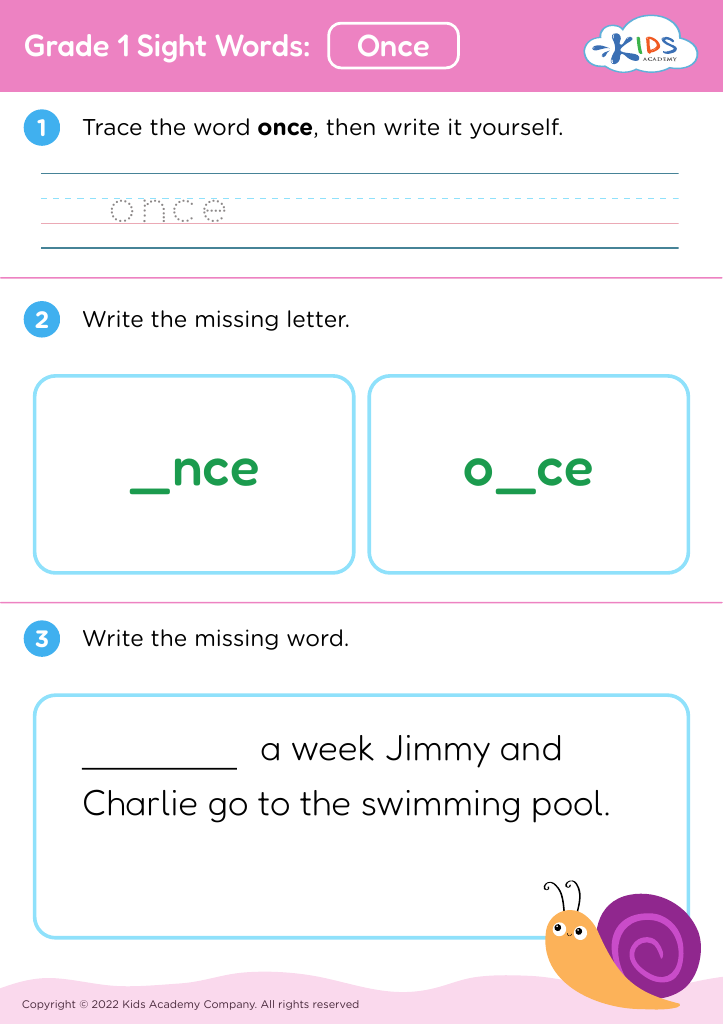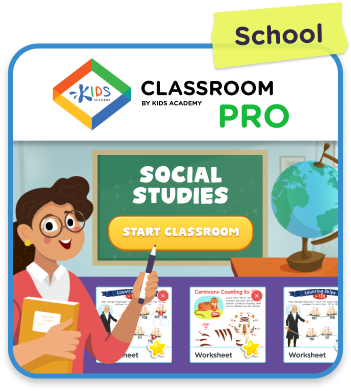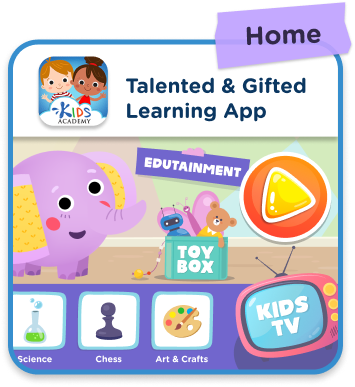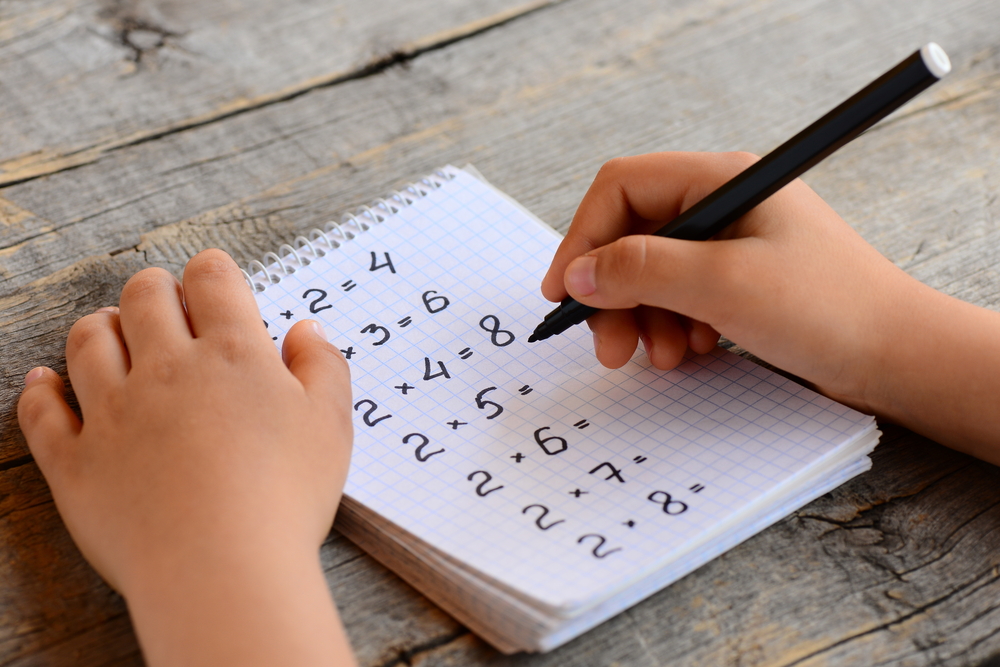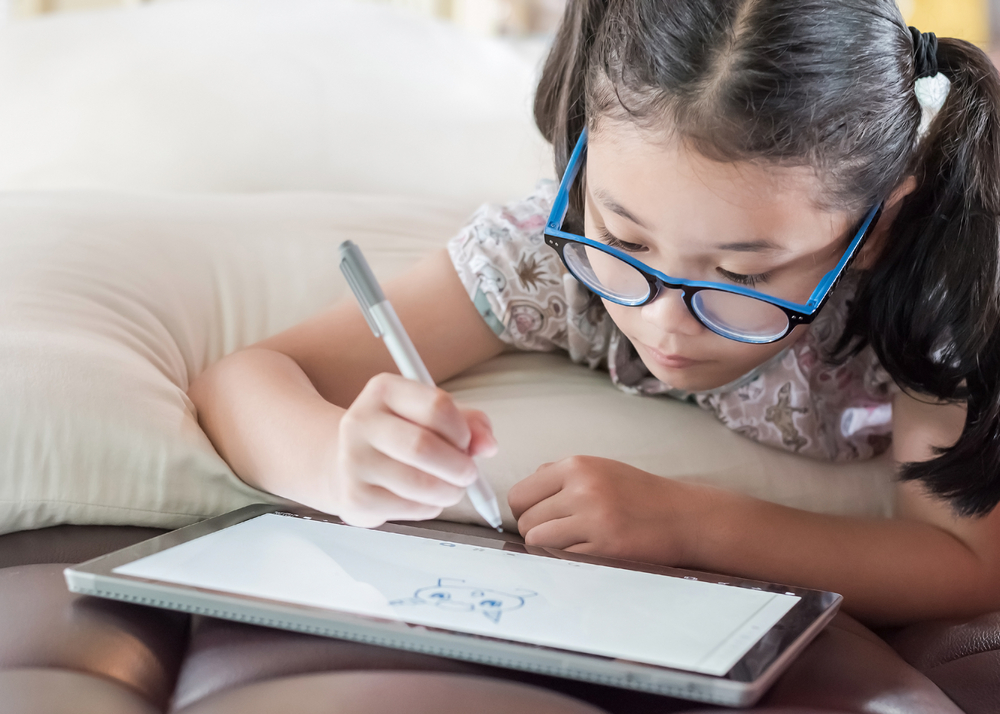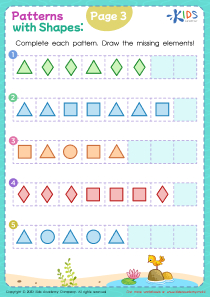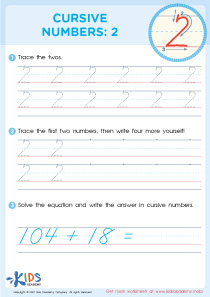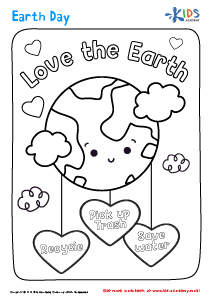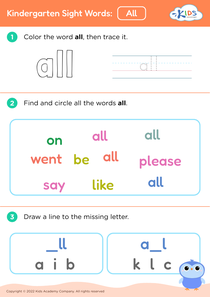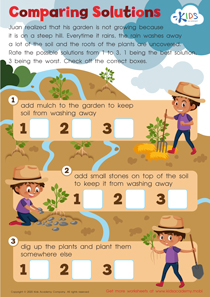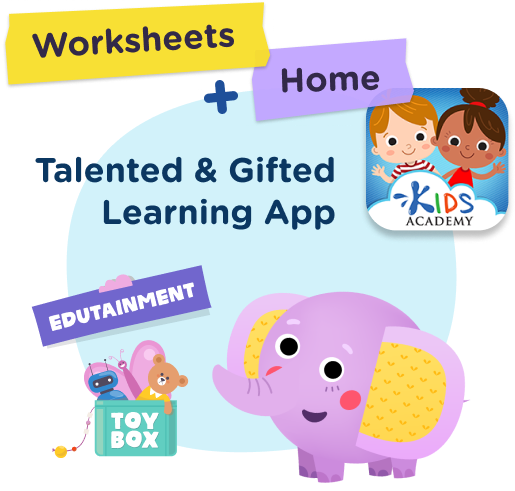Spatial reasoning Worksheets for Ages 3-8
12 filtered results
-
From - To
Unlock your child’s potential with our Spatial Reasoning Worksheets for Ages 3-8! Designed to enhance critical thinking and problem-solving skills, these engaging worksheets foster mental agility through fun activities. From identifying shapes and patterns to improving visual-spatial awareness, children will enjoy hands-on learning while building essential skills for future success. Suitable for home or classroom use, our worksheets cater to various learning styles, ensuring every child can thrive. Discover interactive and colorful exercises that spark curiosity and imagination in young learners. Explore our collection today and watch your child's confidence and cognitive abilities soar!
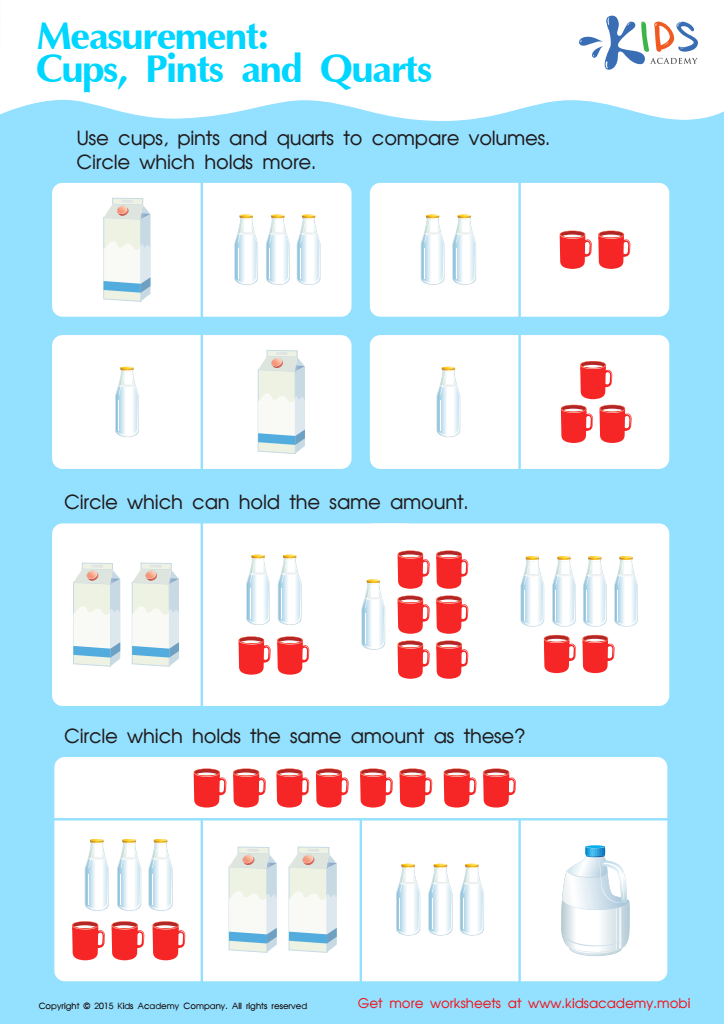

Measurement: Compare Volumes Worksheet
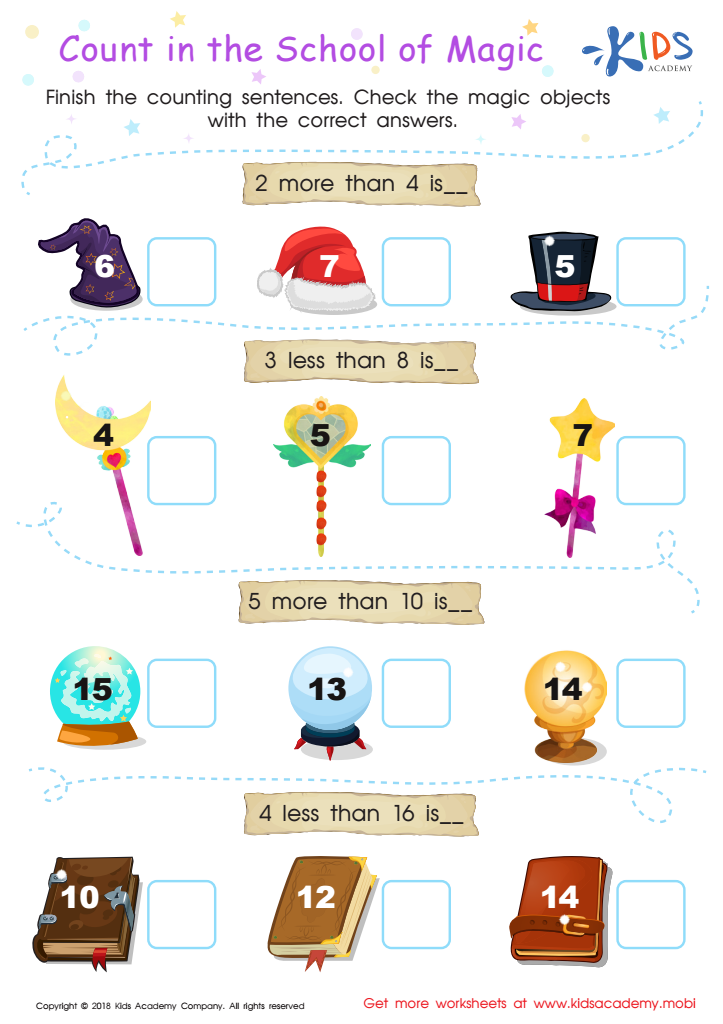

Count in the School of Magic Worksheet
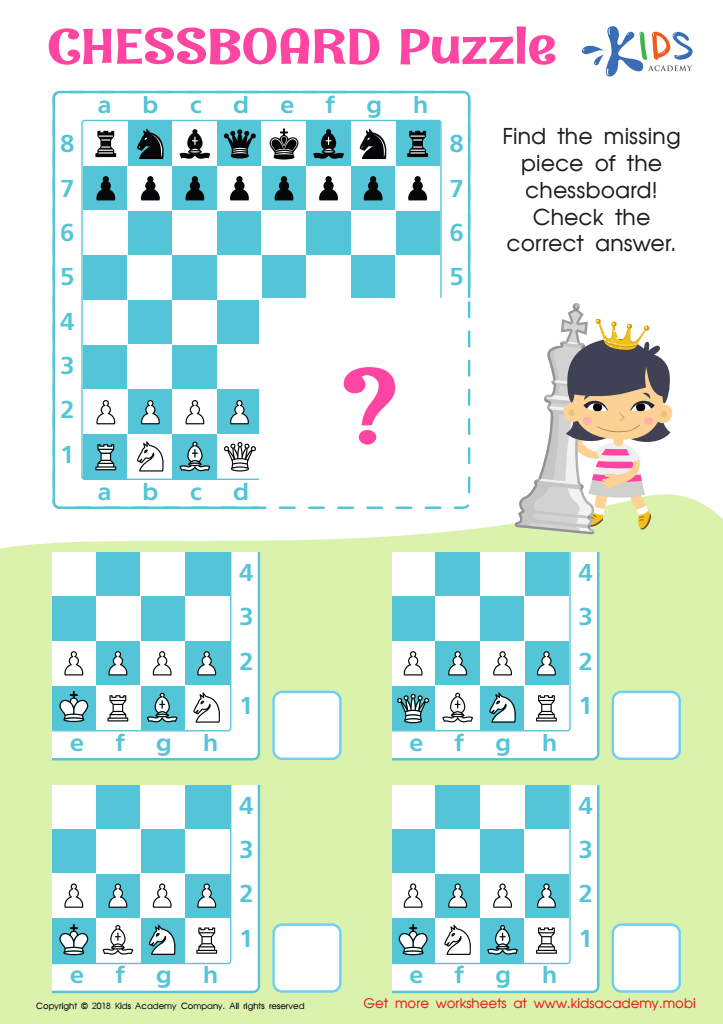

Chessboard Puzzle Worksheet
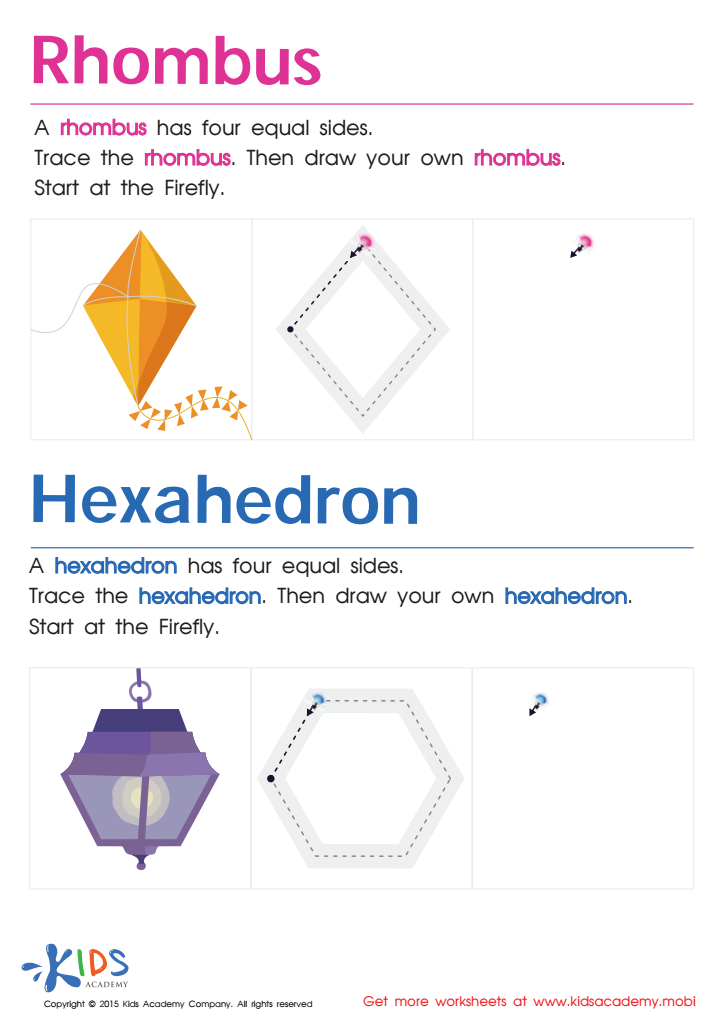

Draw a Rhombus And a Hexahedron Printable
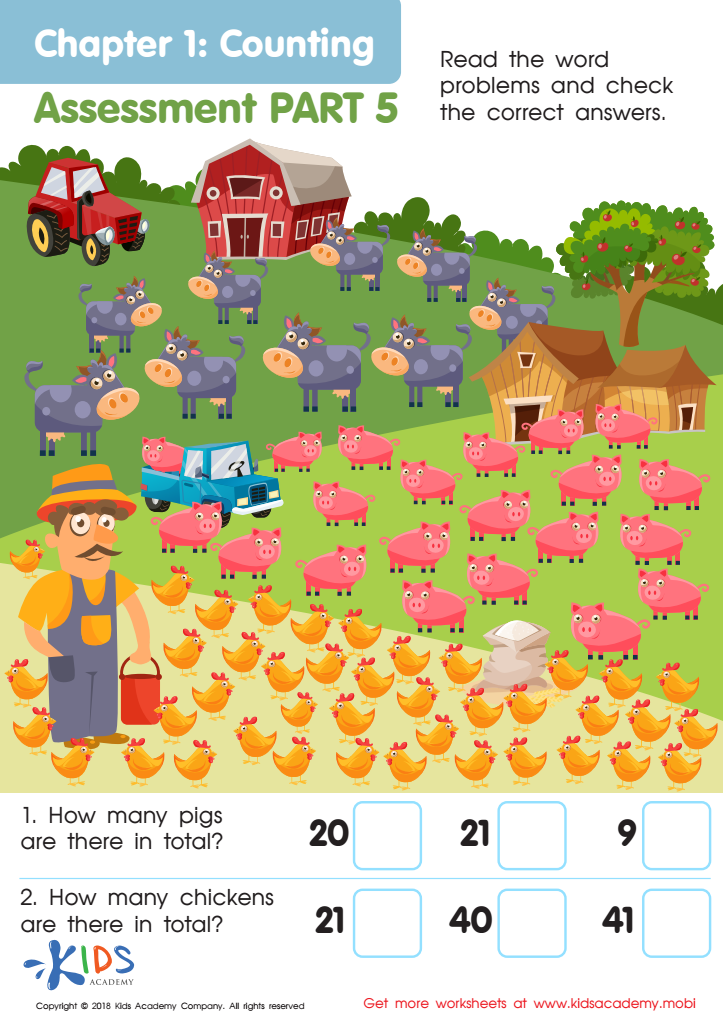

Counting: Assessment 5 Worksheet
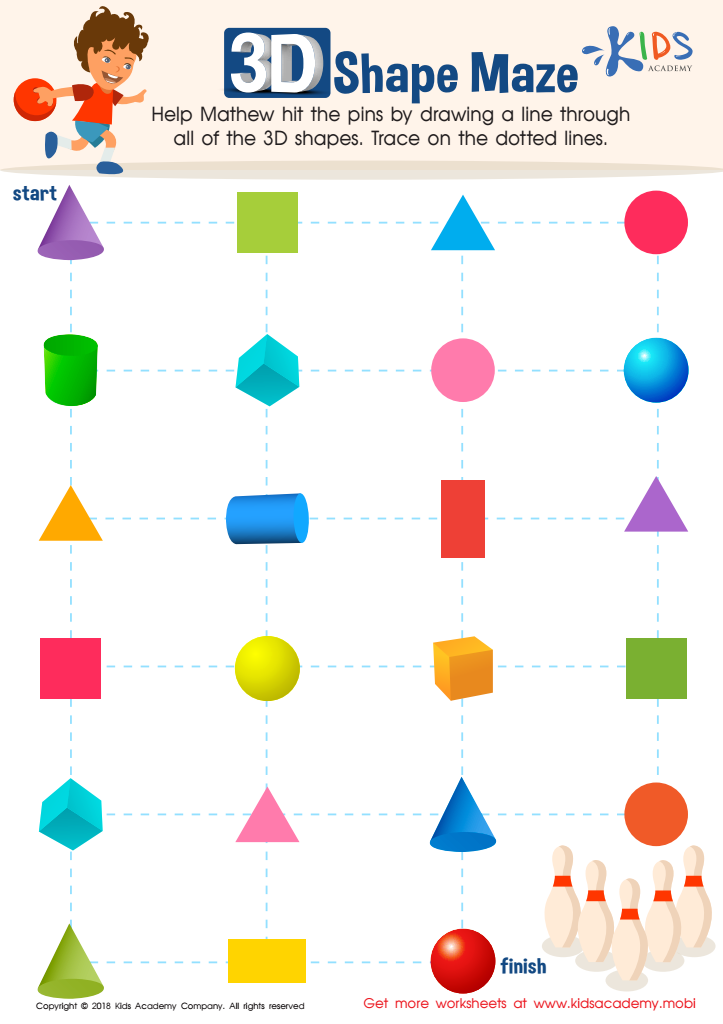

Shapes Maze Geometry Worksheet
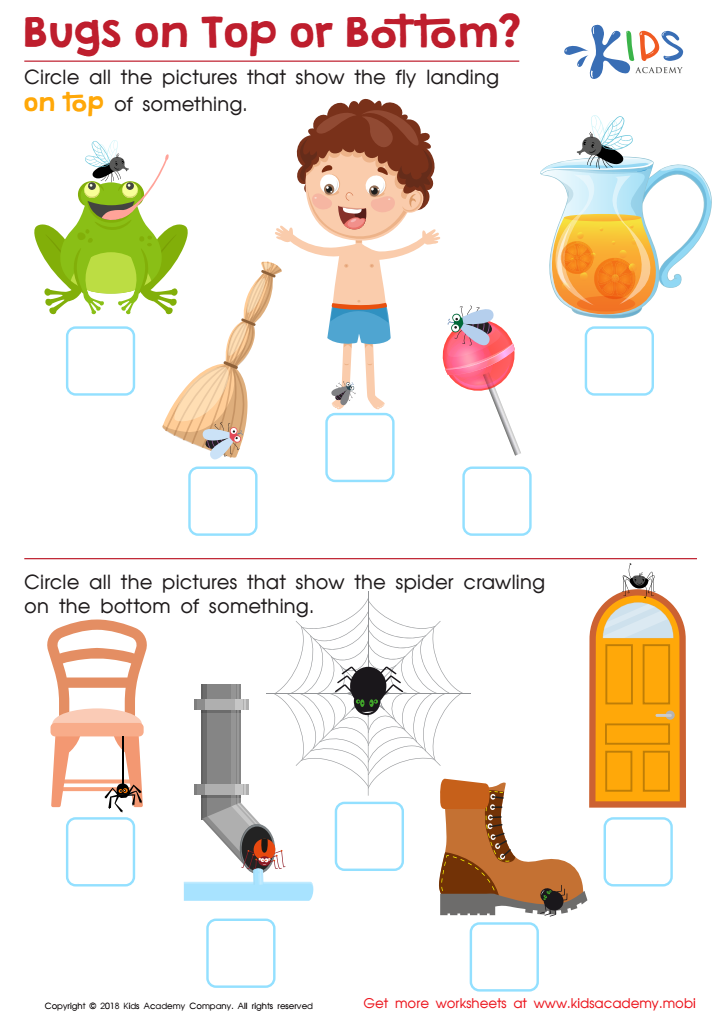

Bugs on Top or Bottom? Worksheet
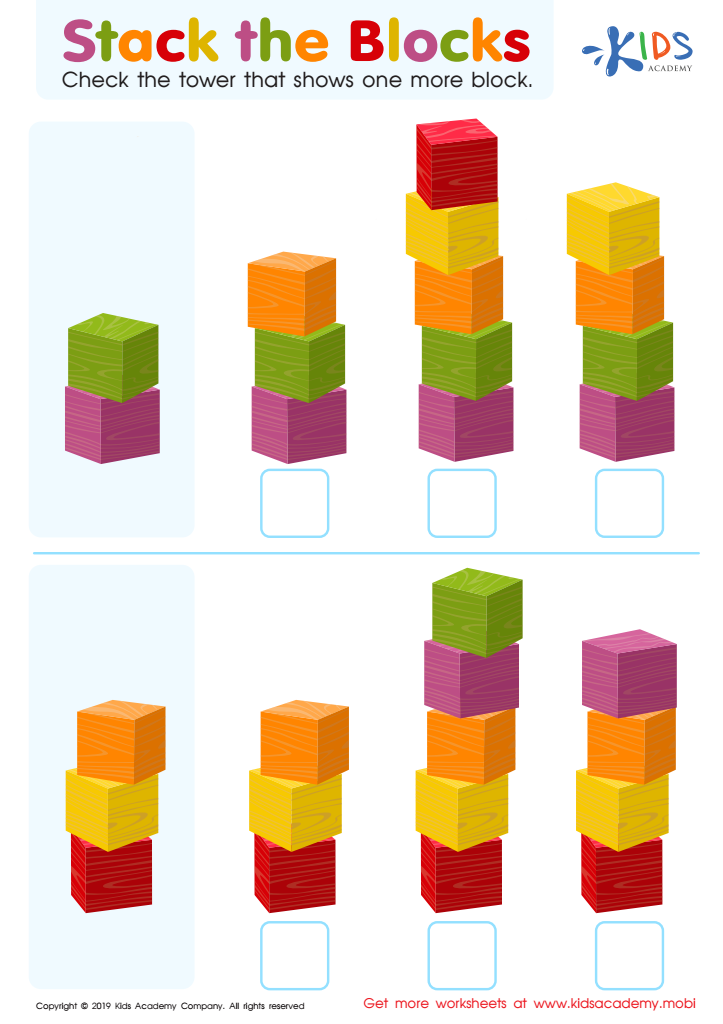

Stack the Blocks Worksheet
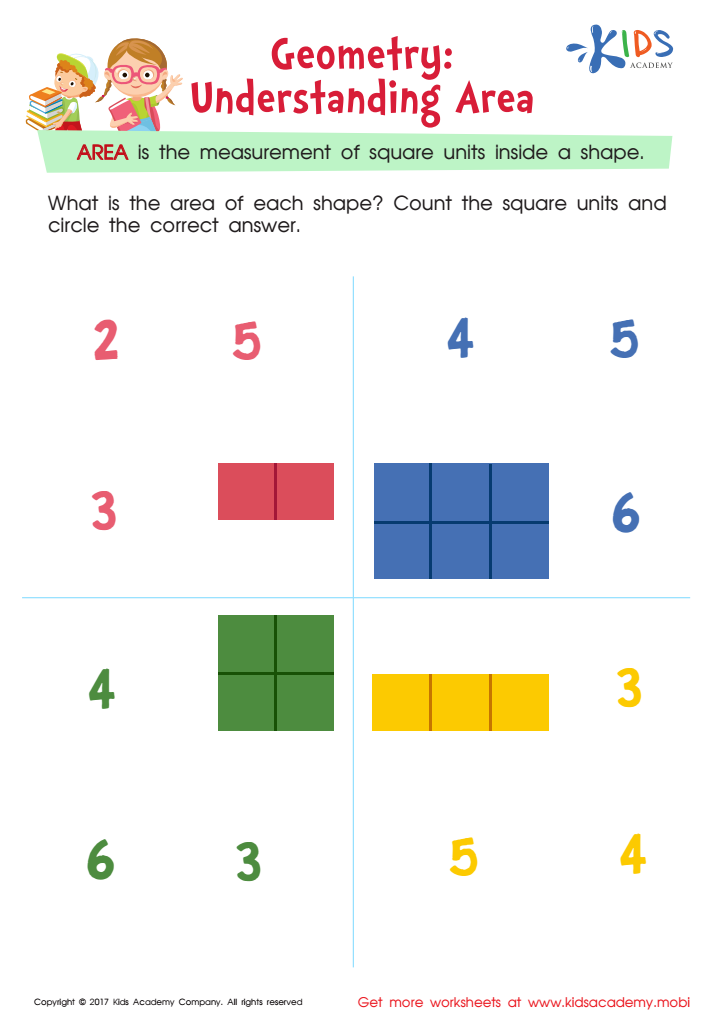

Understanding Area Worksheet
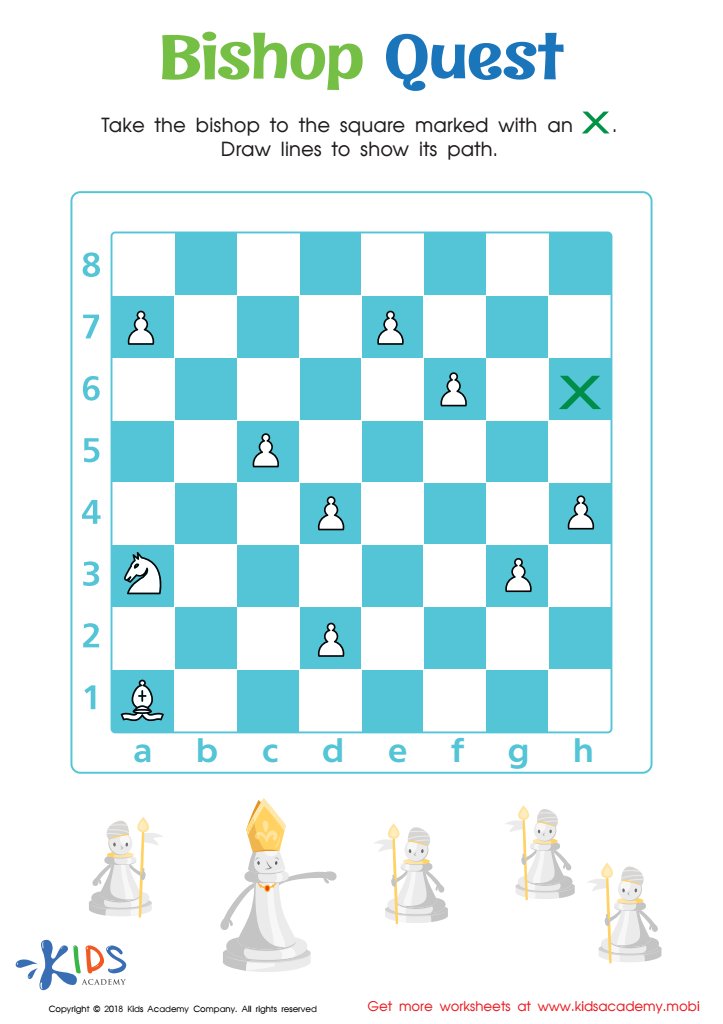

Bishop Quest Worksheet
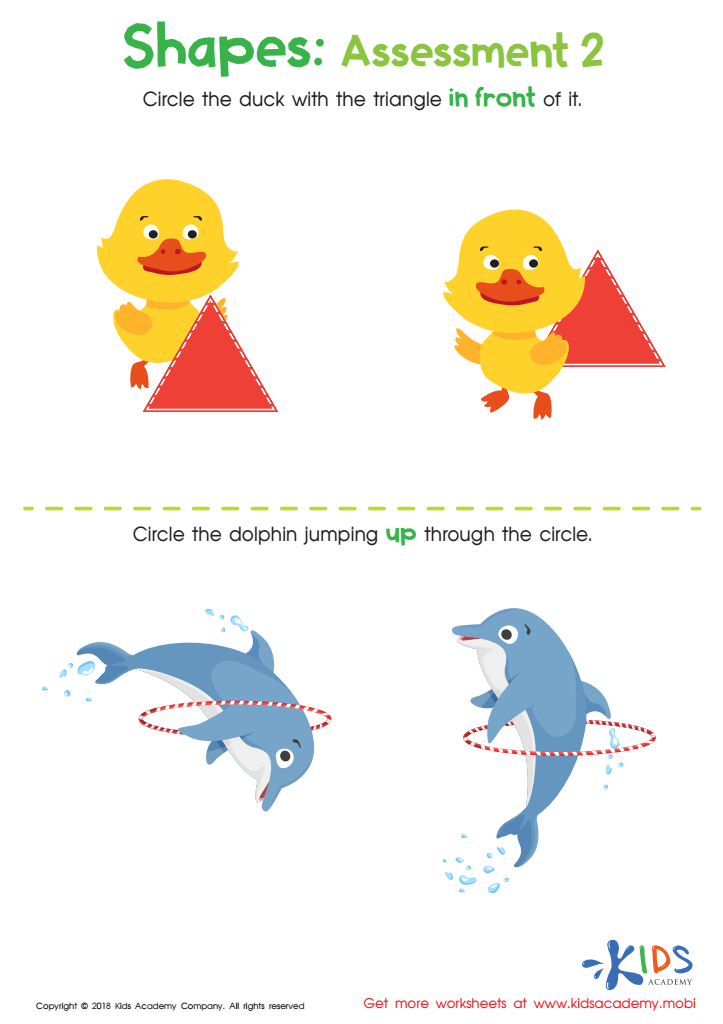

Geometry – Assessment 2 Worksheet
Spatial reasoning is a crucial cognitive skill that significantly impacts a child's ability to understand and interact with the world around them. For children ages 3 to 8, developing strong spatial reasoning abilities lays the foundation for future success in various subjects, particularly in math and science.
Spatial reasoning refers to the ability to visualize and manipulate objects in three-dimensional space, which is essential for problem solving and critical thinking. Engaging in activities that enhance these skills, such as puzzles, building blocks, and interactive games, not only stimulates mental growth but also fosters creativity and imagination.
Moreover, research shows that children with strong spatial skills tend to perform better academically as they develop the capability to understand geometry, patterns, and measurements. For teachers and parents, understanding the importance of spatial reasoning means providing targeted learning experiences that encourage exploration and discovery.
Furthermore, fostering spatial reasoning can help children navigate societal challenges and opportunities in an increasingly complex world, supporting skills like teamwork, communication, and innovation. Hence, addressing spatial reasoning at an early age not only nurtures academic development, but also equips children with essential tools for lifelong learning and adaptation.
 Assign to My Students
Assign to My Students

